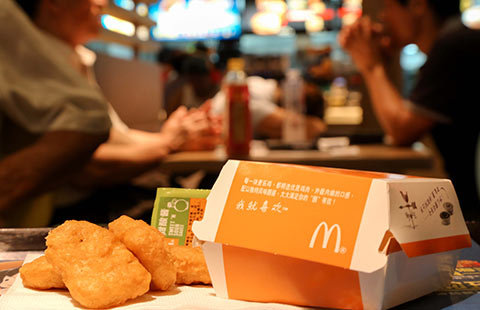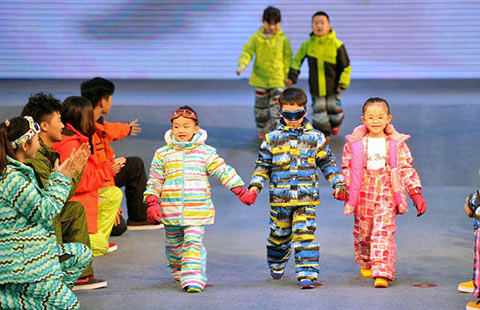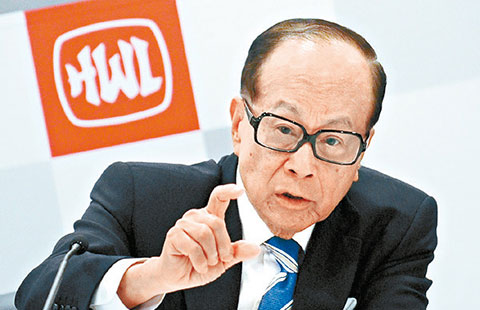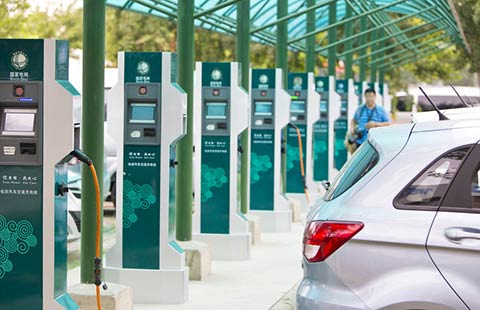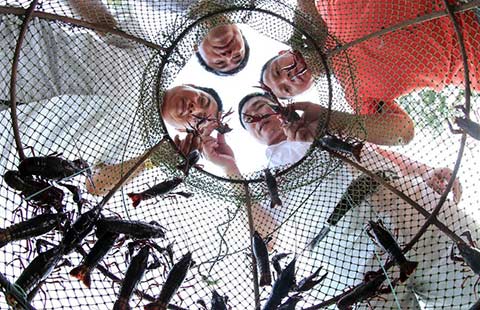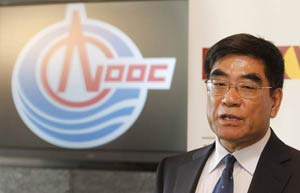China's Q2 growth: hits and misses
By Wang Tao (chinadaily.com.cn) Updated: 2014-07-23 14:33China's second-quarter GDP growth improved modestly on "mini-stimulus" and export recovery, edging up from first quarter's 7.4 percent to 7.5 percent year-on-year. Intensified delivery of “mini-stimulus”, increased fiscal funding, and faster policy bank loan issuance spearheaded infrastructure investment (24 percent year-on-year in Q2), and boosted crude oil, steel and overall industrial production. Meanwhile, underlying real export growth (adjusted for early 2013 over-invoicing) sped up to 10 percent year-on-year in Q2, helping manufacturing activity.
Property activity was less bad but still struggling in Q2. Property activity stayed weak in Q2 although the decline was less sharp than in Q1. A low base effect helped to narrow Q2's year-on-year decline in new starts from minus 25 percent year-on-year previously to minus 11 percent year-on-year, but they remained weak on an absolute level (seasonal adjusted). New sales and property investment meanwhile both slid, the former into deeper contraction and the latter to a 20-month low growth rate. No meaningful sign of a property recovery was detected in June.
Credit growth has gained steam. June's new RMB loans and total social financing (TSF) were both stronger than expected and a year ago, taking TSF (excluding equity) growth to 17 percent year-on-year and our credit impulse estimate up to 33 percent of GDP - its highest monthly print in over a year and above Q1's 29 percent. Not only did corporate bonds and corporate M&L new loan issuance stay solid, but off-balance-sheet credit like new trust loans and undiscounted bills also recovered somewhat. The strong pickup in June's TSF, RMB lending, and M2 growth all point to materially stronger credit growth.
Worst of property downturn has been not over yet. Despite Q2's milder decline, the worst of China's property downturn is not yet behind us. Weak market sentiment and sluggish sales, elevated and rising inventory, and increasing financing difficulties in the property sector will all continue to weigh on the industry's outlook. While developers are expected to speed up construction in the coming fall sale season, accelerate sales and digest inventory, downward pressure on prices and new housing starts will likely grow. Construction will likely slow further as the fall peak selling season passes, leading to a fresh negative drag on related heavy industries and the economy at large. Our 2014 forecast of a 0-5 percent decline in property sales and contraction of 10-15 percent in new starts remain.
Summer rebound should last through Q3, but downtrend to resume by Q4. Robust credit growth, accommodative liquidity conditions, faster fiscal spending, and additional local government growth-support measures should all help to lift China's sequential growth momentum further in Q3 to a pace of about 8 percent quarter on quarter seasonally adjusted annual rate (saar), although a high base effect may keep headline GDP year-on-year growth at a more depressed 7.2 percent. However, as industrial sectors start to feel an increasingly negative drag from China's unfolding property downshift, growth will likely dip to 7 percent year-on-year in Q4.
Current summer recovery lessens near-term pressures for more significant measures, but as growth softens into Q4, policymakers will likely intensify policy "fine-tuning" support again. Measures may include: 1) further government-guided spending, focused on infrastructure and social housing; 2) stronger push-through of reforms to unlock new sources of growth, such as lowering market entrance barriers, simplifying administrative procedures and approvals, reforming public service sector and social safety net, and implementing hukou reform in lower tier cities; 3) credit accommodation via targeted liquidity provision, loosening of credit constraints and lowering of borrowing costs.
The article is co-authored with other UBS economists Donna Kwok, Harrison Hu and Ning Zhang. The views do not necessarily reflect those of China Daily.
- Apple opens new retail store in Chongqing
- Audi cuts spare-part prices in China amid anti-monopoly probe
- Chinese consumers shrug off iPhone extraction risk
- China's major SOEs report assets growth
- China's H1 industrial profits up 11.4%
- iPhones' access to data facing scrutiny
- Top 10 fast-food chains in China
- Local brands losing traction
